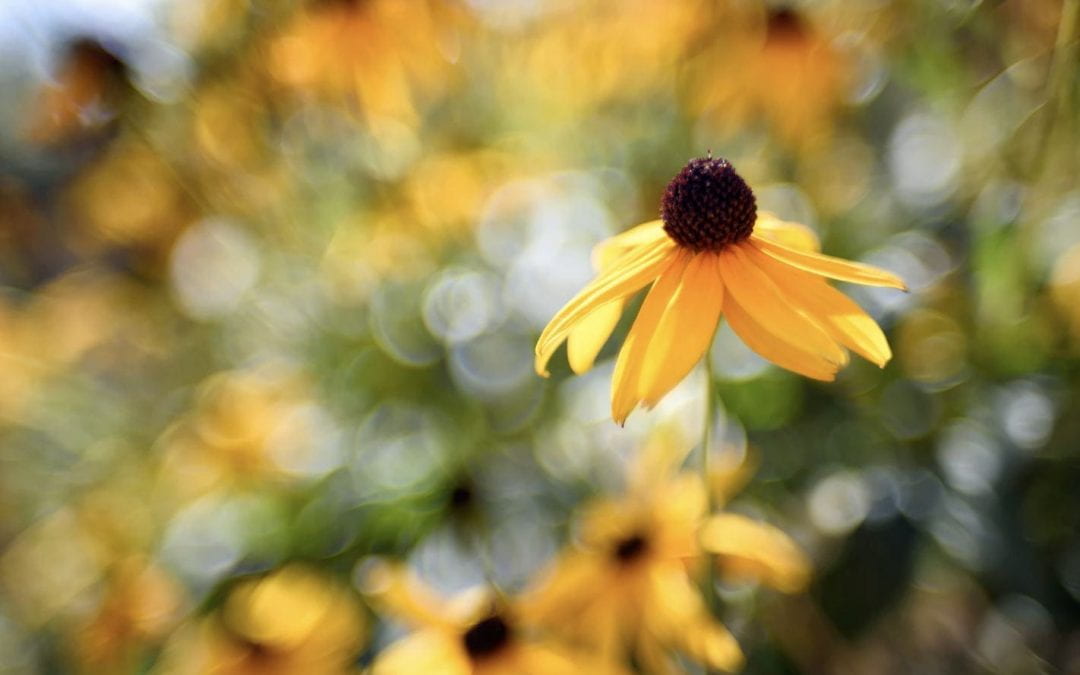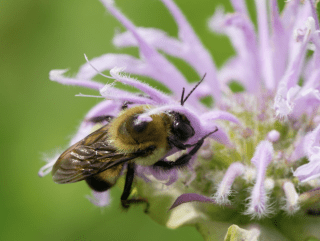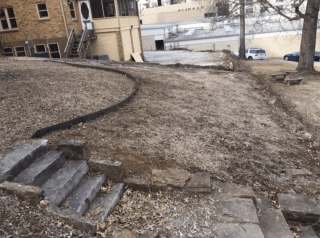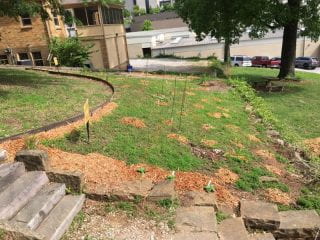National Wildflower Week is May 4-10, 2019
Our native wildflowers are beautiful, attract a wide array of wildlife, are low maintenance once established, and keep themselves going without fertilizers or irrigation.
You may have heard that planting wildflowers is as easy as tossing a few seeds out in the yard or throwing seed bombs into an abandoned lot. Unfortunately, it’s not quite that easy (if you want to learn more about why seed bombs don’t work, here’s a great article).
Picking a Location
Bare ground is usually bare for a reason, possibly because of physical or chemical issues.
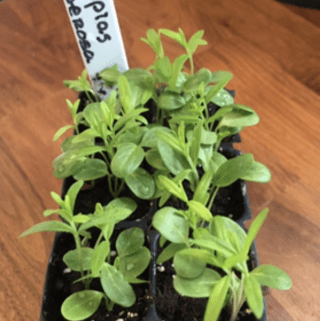
Butterfly Weed (Asclepias tuberosa) seedlings at 3 weeks old sown indoors on a heated seeding mat. This plant is native to eastern and southern United States the leaves of which are a food source for monarch butterfly larvae.
Therefore, trying to establish a wildflower meadow in these locations is a waste of time and money. If you don’t have a garden, think about starting small with containers on a sunny balcony. Don’t worry, the pollinators will find you!
Don’t scatter wildflower seeds if:
- the soil is too compacted and the roots cannot penetrate it
- the soil stays waterlogged and the roots cannot breathe
- the soil is contaminated by industrial waste
- the location does not get appropriate sunlight
- there are too many competitive or invasive species that outcompete the wildflowers.
Instead, look for a space with healthy soil, good irrigation, sunshine, and enough space for the wildflowers to grow.
Starting a Native Wildflower Garden
Here are a few simple steps to get your wildflower garden started. It may take 1-3 years to get your wildflower garden to grow to full maturity, but it’ll be worth the wait (and the pollinators will be thankful for your work!)
- All existing vegetation should be removed, either physically or with herbicides. I know, I know! But, sometimes a huge expanse of Bermuda grass does not contribute to a diverse ecosystem. Eliminating this competition gives the wildflowers a fighting chance in spring.
- Purchase native seeds from a reputable grower as local as possible. We purchased our seeds from Missouri Wildflowers Nursery in Jefferson, MO.
- Prepare your soil;
- In the fall, lightly fluff the top ¼ inch of the soil. Scatter your wildflower seeds on the surface of the bed and leave them alone! This is the hardest part. The rain and wind will do its part to get them to the right depth. Planting them in the fall simulates the natural conditions they must experience before germination can occur. This is accomplished by the cold, moist conditions over the winter and is called “stratification.”
- Alternatively, you may sow the seeds indoors in seed trays in early spring to have small seedlings to plant once the danger of the last frost has passed. Be sure to check your seed packet for any stratification procedures. If you cannot start seeds indoors, you can always purchase plants from local growers. There are two native plant growers in the area: Wild Streak Native plants, a vendor at the Fayetteville Farmer’s Market from April to November, and Pine Ridge Gardens in London, AR.
- Water lightly once the seedlings emerge until they get established and do not fertilize.
- Enjoy the flowers all summer! Be sure to leave the seed heads in fall so the flowers can self-propagate for next spring. You can mow the stalks in late winter or very early spring before new seedlings appear.
In fall of 2018, the University of Arkansas Office for Sustainability began a Pollinator Habitat test plot at the Office for Sustainability. Seeds were sown in December 2018 and more mature seedlings were planted the first week of May 2019. Stop by to follow along with us on this journey and to see the native habitat come to life!
- The Office for Sustainability pollinator plot in December, 2018.
- The Office for Sustainability pollinator plot in April, 2019.
By Jan Partain, Biodiversity Coordinator.
